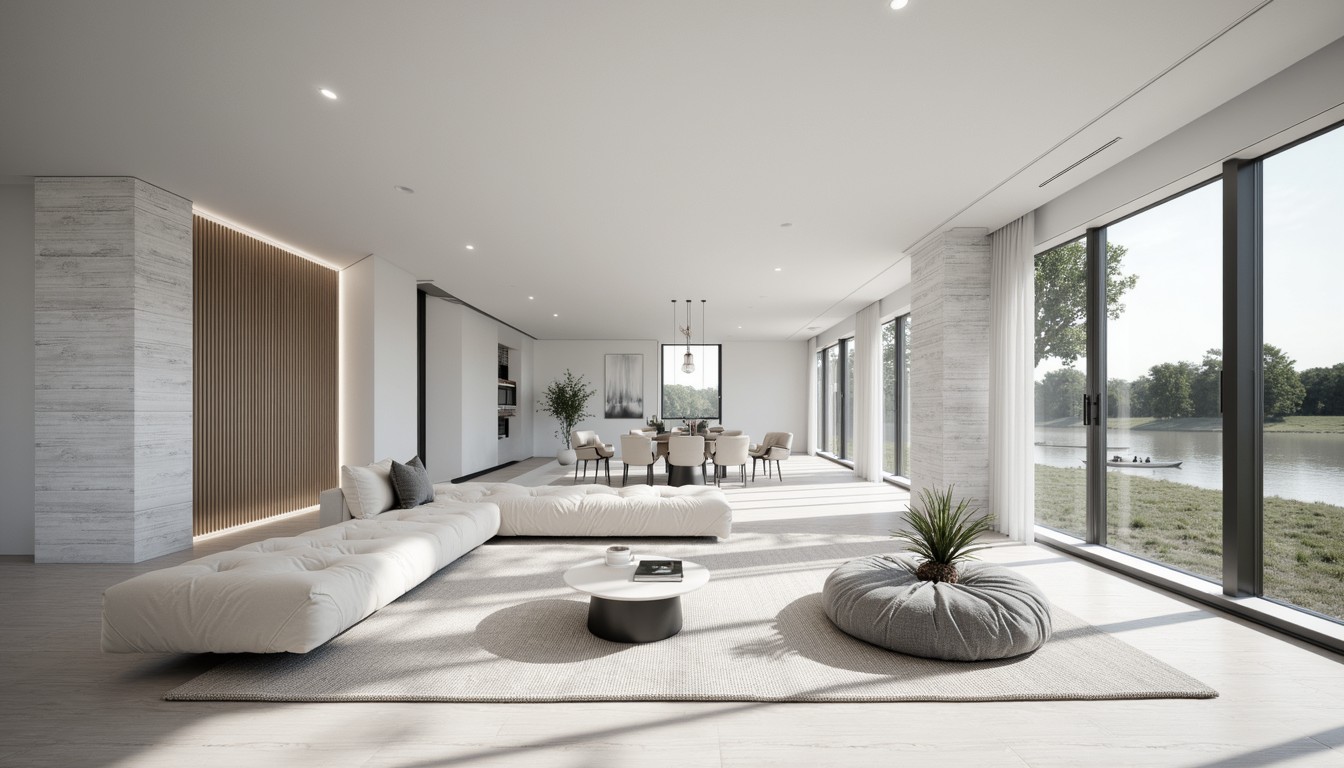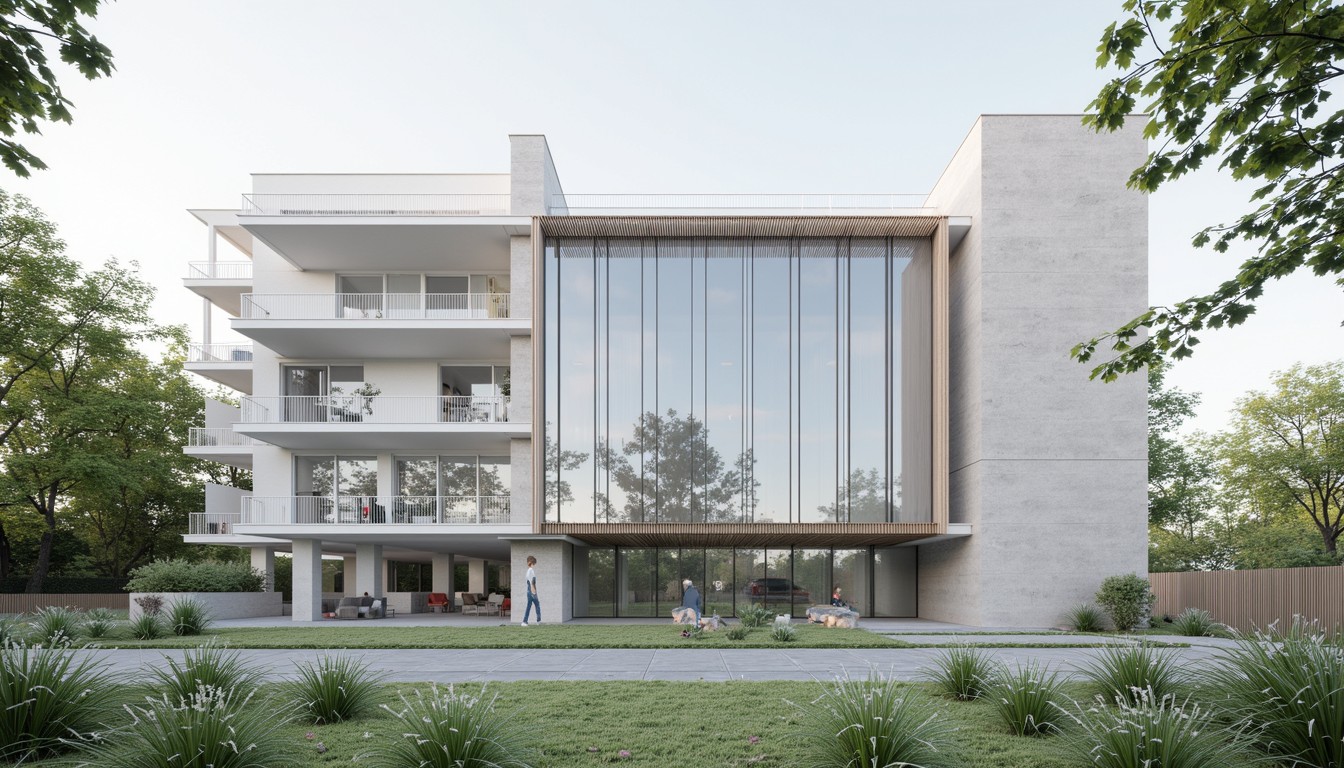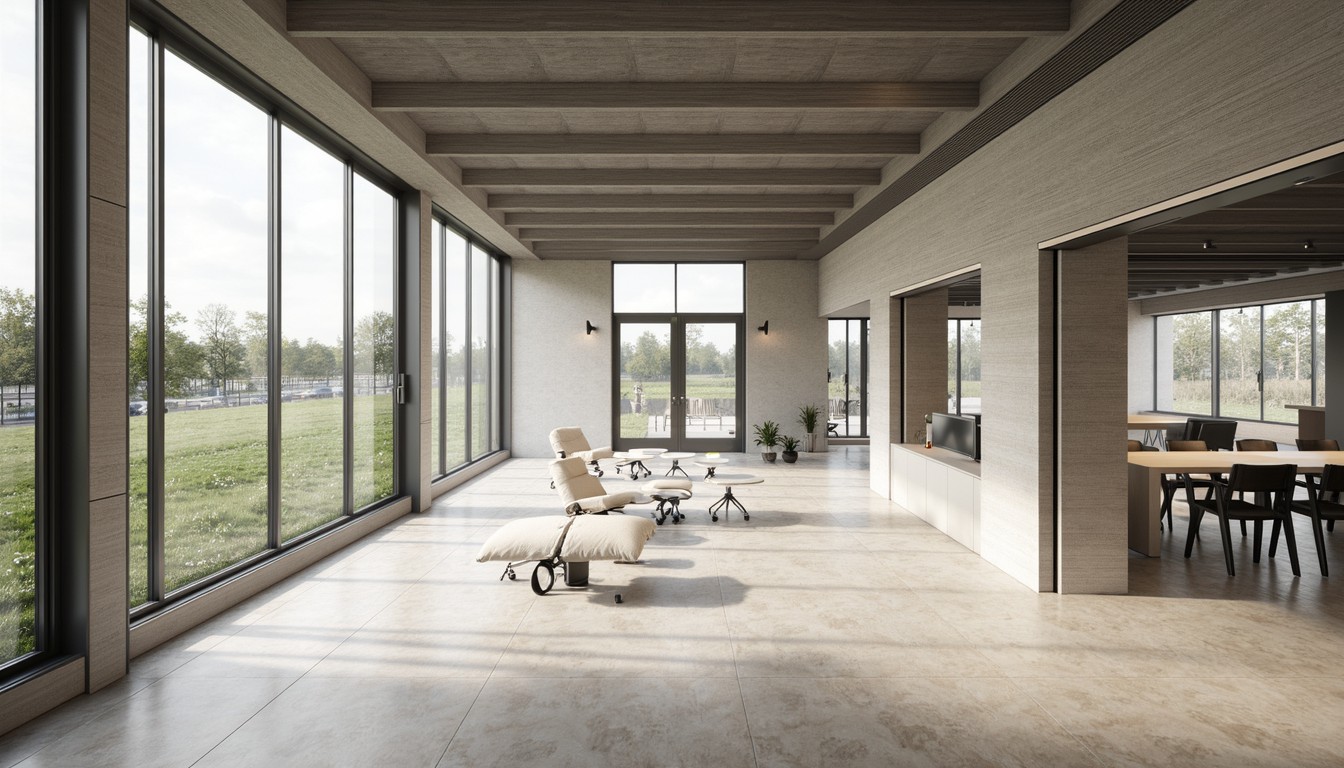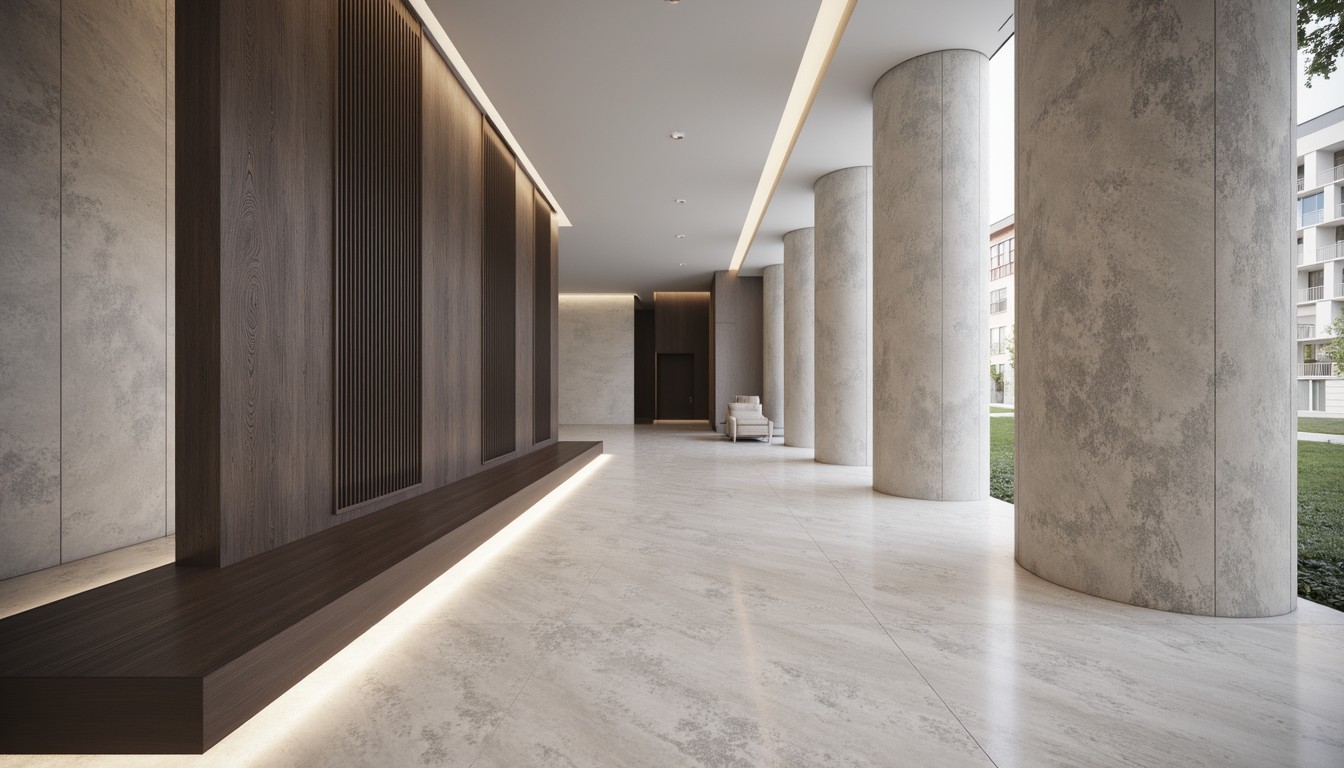3D Printing in Construction: Building the Future
The construction industry, long known for its traditional methods and slow pace, is undergoing a radical transformation. At the forefront of this revolution is 3D printing, a technology that's rapidly reshaping how we design, build, and inhabit our structures. From creating intricate architectural details to constructing entire buildings, 3D printing offers unprecedented possibilities, promising a future of faster, cheaper, and more sustainable construction.
The Rise of Additive Manufacturing in Construction

Additive manufacturing, more commonly known as 3D printing, involves building objects layer by layer from a digital design. In construction, this translates to using specialized printers to deposit materials like concrete, mortar, or even recycled materials, creating complex three-dimensional structures. This contrasts sharply with traditional subtractive methods, where material is removed to create the desired shape, resulting in significant waste.
Advantages of 3D Printing in Construction:
- Speed and Efficiency: 3D printing significantly reduces construction time. Complex designs can be printed in a fraction of the time it would take using traditional methods, accelerating project completion and reducing labor costs.
- Cost Reduction: By automating many aspects of the building process, 3D printing minimizes labor costs and material waste. This translates to significant savings, particularly for large-scale projects.
- Design Freedom: 3D printing allows for unprecedented design flexibility. Architects can create intricate and complex geometries that would be impossible or prohibitively expensive to achieve with traditional methods. This opens up a world of creative possibilities.
- Sustainability: 3D printing can incorporate sustainable materials and reduce waste. The precise deposition of materials minimizes excess and allows for the use of recycled or locally sourced materials, promoting environmentally friendly construction.
- On-site Construction: Many 3D printing techniques allow for construction directly on the building site, reducing transportation costs and logistical challenges.
Real-World Applications of 3D Printed Construction

The applications of 3D printing in construction are expanding rapidly. We're seeing its use in various sectors, including:
Residential Housing:
3D printing is revolutionizing affordable housing solutions. Companies are using this technology to build entire homes quickly and efficiently, addressing the global housing shortage. This allows for the creation of unique and customizable homes at a fraction of the traditional cost.
Infrastructure Projects:
From bridges to retaining walls, 3D printing is proving its worth in infrastructure projects. Its ability to create complex shapes and integrate various materials makes it ideal for constructing durable and sustainable infrastructure components.
Commercial Buildings:
While still in its early stages, 3D printing is making inroads into the commercial sector. The construction of office buildings, retail spaces, and other commercial structures using 3D printing is becoming increasingly viable, offering cost and time advantages.
Architectural Details and Prototyping:
3D printing is invaluable for creating intricate architectural details, such as facades, ornamentation, and custom fixtures. It also excels in rapid prototyping, allowing architects and engineers to test designs and make adjustments before full-scale construction.
Challenges and Future Trends

Despite the impressive potential, 3D printing in construction faces several challenges:
- Material Limitations: The range of printable materials is still evolving, and finding materials with optimal strength, durability, and sustainability remains a focus of ongoing research.
- Scalability: Scaling 3D printing to build large-scale structures efficiently requires further technological advancements and logistical planning.
- Regulation and Codes: Building codes and regulations need to adapt to accommodate the unique aspects of 3D printed structures, ensuring safety and structural integrity.
- Skilled Labor: A skilled workforce is needed to operate and maintain 3D printing equipment and integrate this technology into existing construction workflows.
However, the future looks bright. Ongoing research and development are addressing these challenges. We can expect to see advancements in materials science, printer technology, and construction processes, leading to even wider adoption of 3D printing in the construction industry. The integration of artificial intelligence (AI) and robotics will further enhance the efficiency and precision of 3D printing in construction.
ArchNav: Your Partner in Visualizing the Future of Construction
ArchNav provides cutting-edge architectural visualization services, helping architects and construction companies bring their innovative designs to life. As 3D printing transforms the construction landscape, our expertise in creating realistic and compelling visualizations becomes even more critical. We can help you showcase the potential of your 3D printed projects, allowing you to effectively communicate your vision to clients and stakeholders. Contact us today to learn how we can help you visualize the future of building.
